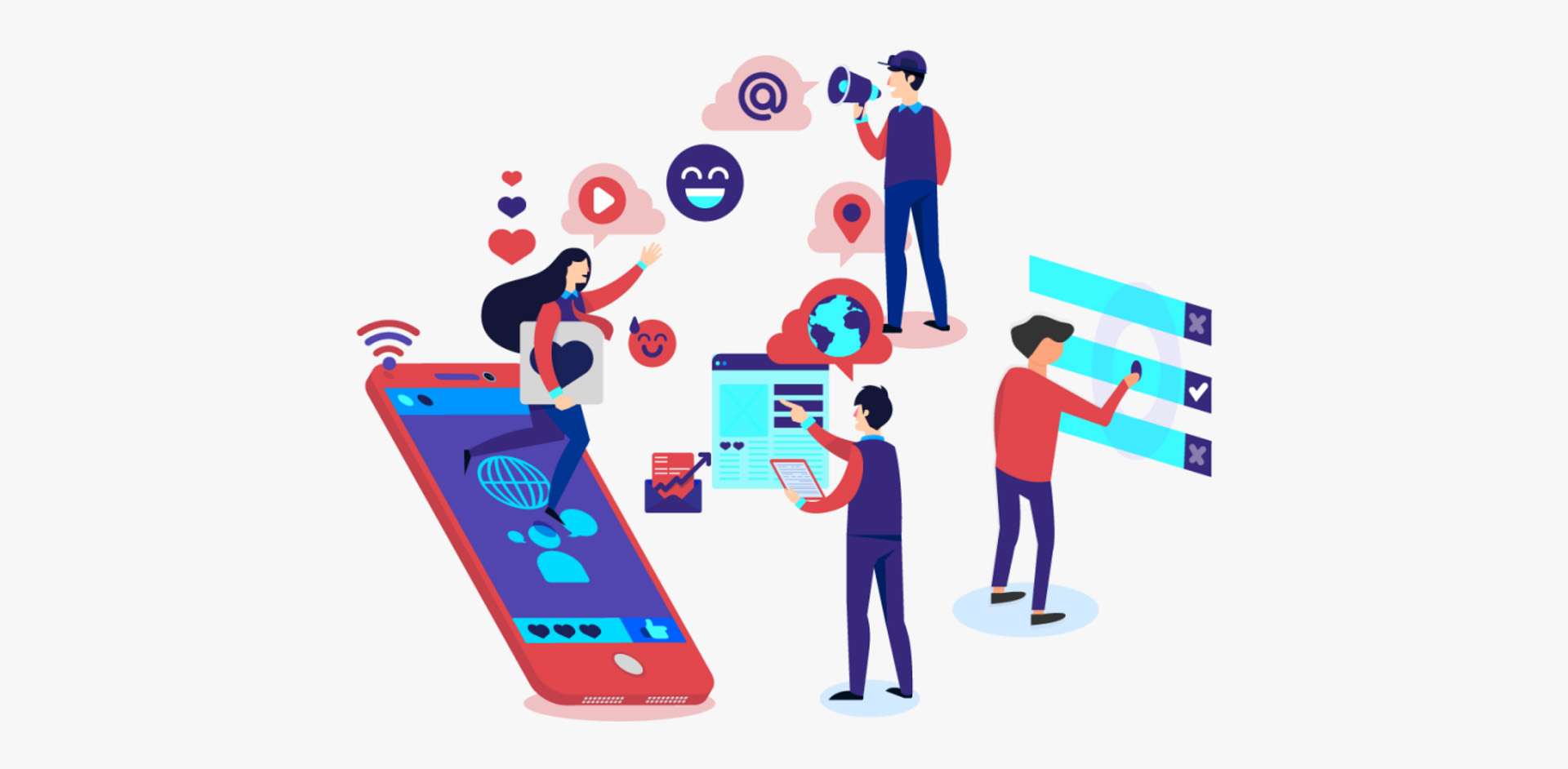As we move into 2023, the big question for those interested in technology is this: what will a new year bring us?
Let's look at six of the top tech trends and speculate about what might lie on the horizon.
Green technology and energy
Sustainability is one of the biggest concerns surrounding technology in the modern age.
As governments aim to meet climate targets and companies reinvent their operations to achieve lower emissions, advancing technology and the energy it demands is constantly grappling with optimisation.
Gartner predicts that by 2025, 50 per cent of Chief Information Officers will have performance metrics that are directly tied to the sustainability of IT organisations.
Not just important for the environment and efficiency itself, sustainable technology is also important for cutting costs and providing ethical solutions for customers that help them keep their own carbon emissions down.
Each year brings targets closer, and 2023 may be the turning point for many who want to forge ahead with progress in the wake of so much slowdown from the pandemic.
Wi-Fi 6
Introduced in 2019, Wi-Fi 6 is an upgrade to wireless networks that is set to bring several enhancements.
Wi-Fi 6 can work with increased bandwidth compared to Wi-Fi 5, which is significant for many sectors as well as private users. Growing file sizes, higher-quality video and data streams, and huge numbers of users flocking to online experiences and multiplayer games has created a need for networks that can handle high numbers of hefty downloads and uploads with speed.
Wi-Fi 6 can offer up to 75 per cent reduced latency, making it attractive to those transferring files with limited time or those relying on minimised response times to their inputs. Not all routers and devices support Wi-Fi 6 yet, though internet service providers and device manufacturers looking to offer the next best thing in tech are making their latest devices compatible.
AI applications like image generation
DALL·E, a deep learning model developed by research lab OpenAI, made a huge impact online when it released in 2021. Internet users quickly realised the capability of the platform in response to their inputted prompts, using it for both entertainment and as a demonstration of how advanced AI has become.
With the platform's successor releasing since, the use of AI in image generation is facing heated discussion. Regardless of where you might stand on the matter, one thing is clear: AI's ability to interpret language and create something visually uncanny in response has come a long way, and is already creating incredible pieces of art.
Where will the next stages go?
Superapps
Superapps have the capacity to shake up how we interpret smartphone apps. Rather than being dedicated apps that serve an overall purpose, superapps are platforms that can host modular 'mini apps' to tailor the user experience.
Superapps answer a need to consolidate the multiple functions of separate apps into a single point, allowing them to also bring in the messaging, payment, and internet search functions that give many apps extra usefulness and functionality.
These 'Swiss army knife' apps can grant a competitive advantage to those who embrace them, and may set the stage for many solutions going forwards.
Digital immune system
As businesses gradually lean more on automation, AI, and digital systems, technological failures have more to take from those who rely on their systems.
A digital immune system describes the practises and technologies that come together to form the overall protection of an organisation's systems. The digital immune system aims to both protect from these threats and help a swift recovery when the worst happens.
More than just being vigilant for threats, a truly robust digital immune system needs experimentation and testing to uncover weaknesses before they become problems, and a sound management of risk.
Collaborative robots (Cobots)
Automation is often seen as the replacement of humans in certain industries, but collaborative robots may be able to change that reputation in future.
Cobots are designed to work alongside people rather than simply in lieu of them. They can be used as tools to make certain tasks simpler and easier to carry out with accuracy and care, with the complex decision-making and strategising of a person still present in the same workflow.
Since Cobots are intended to collaborate, they can be put to work wherever the greatest need is identified by employees, increasing their productivity and job satisfaction.
With automation undoubtedly being the way forward for businesses that want to remain competitive, Cobots may be a 'softer' answer that doesn’t hinge on heavy headcount cuts.
To find out more about ST Engineering Antycip's work, contact us today.



















